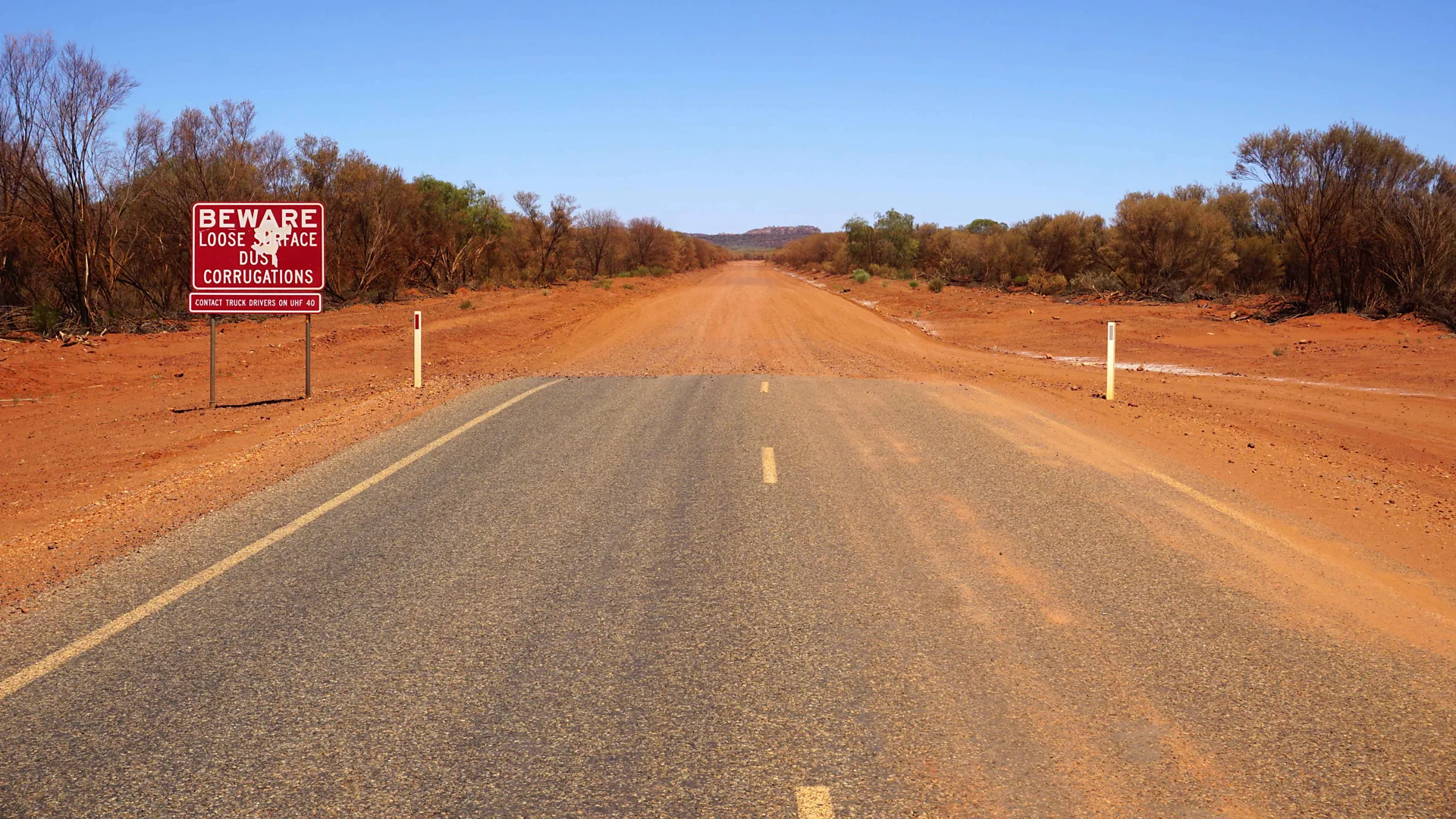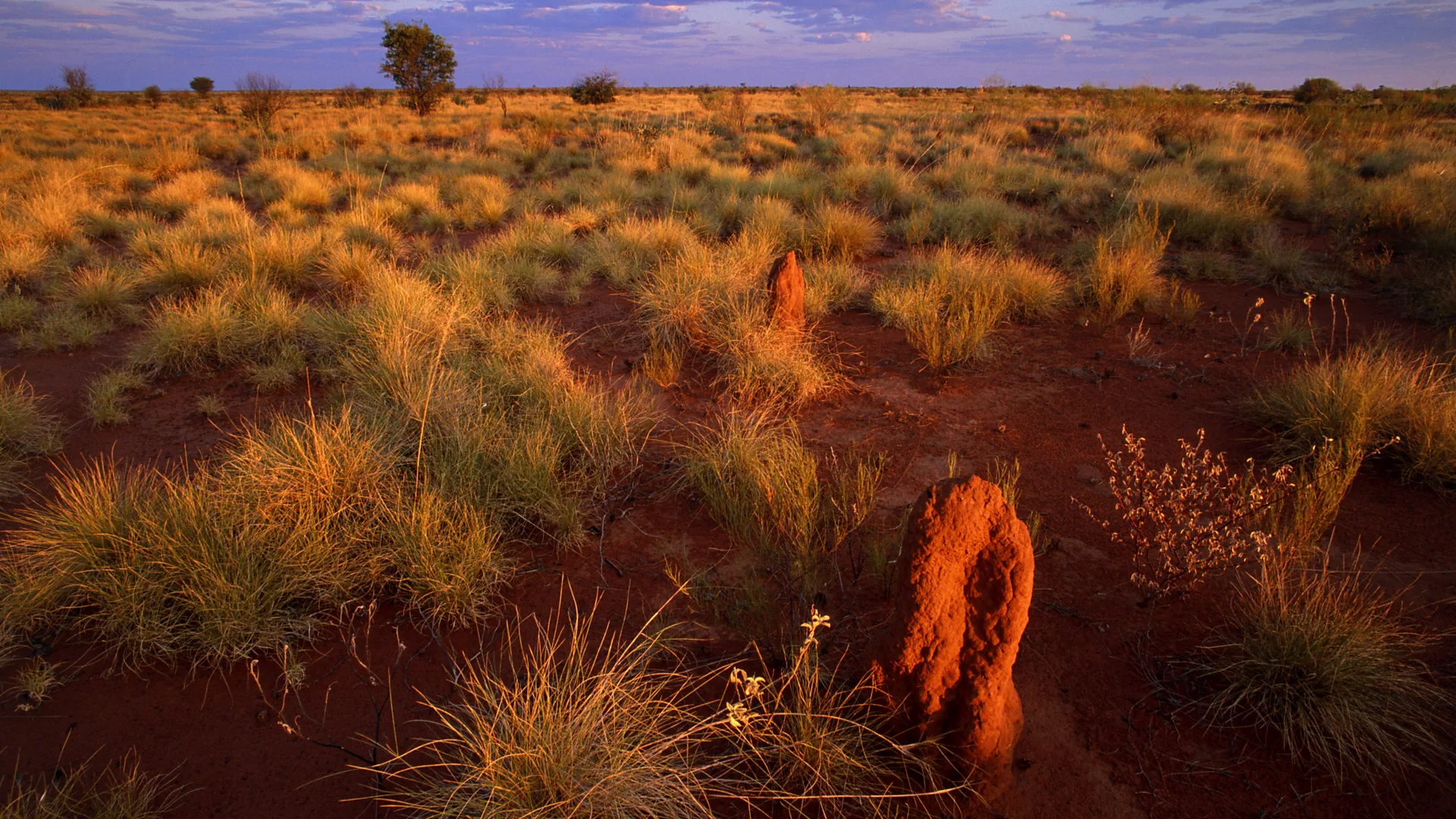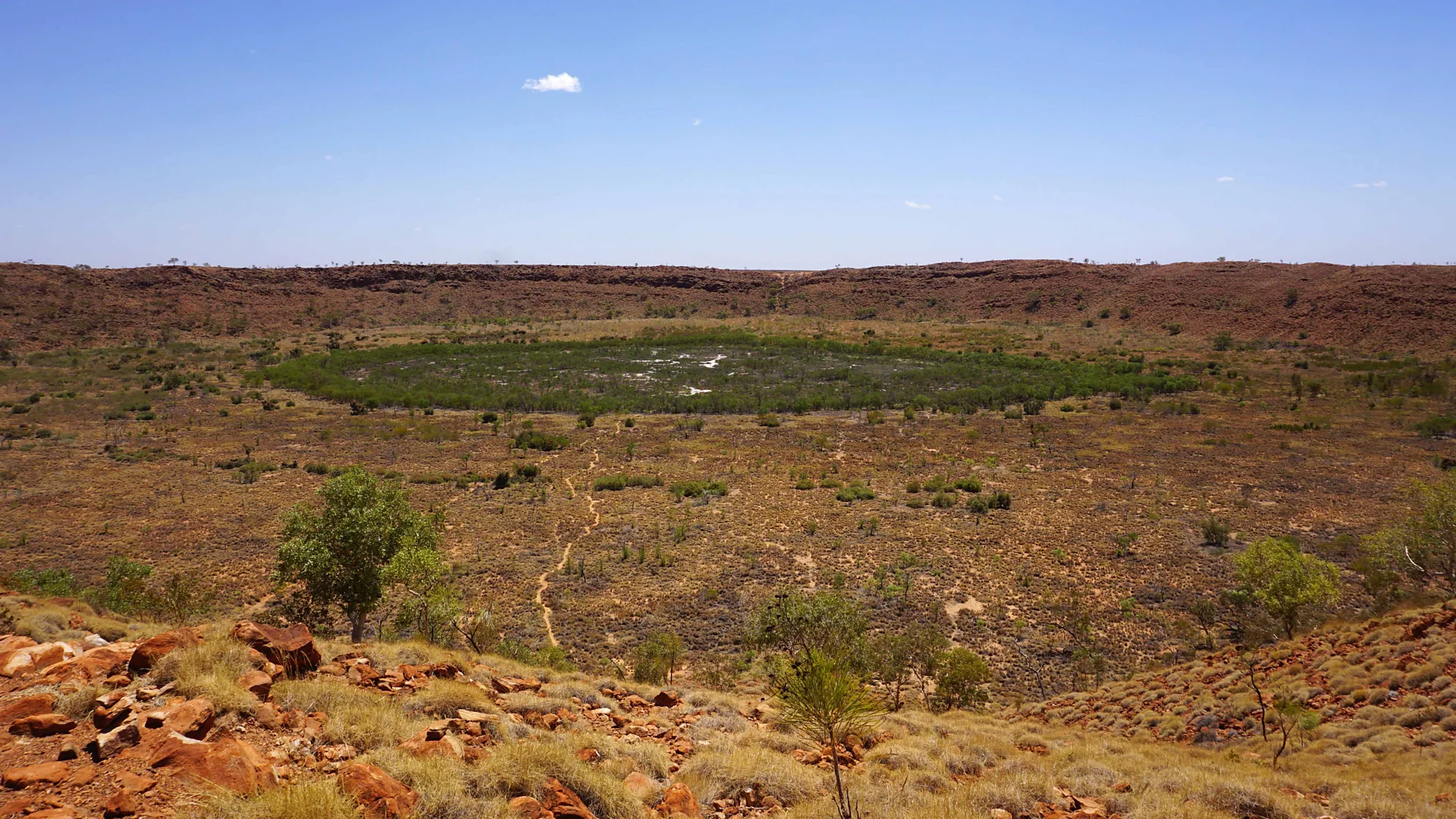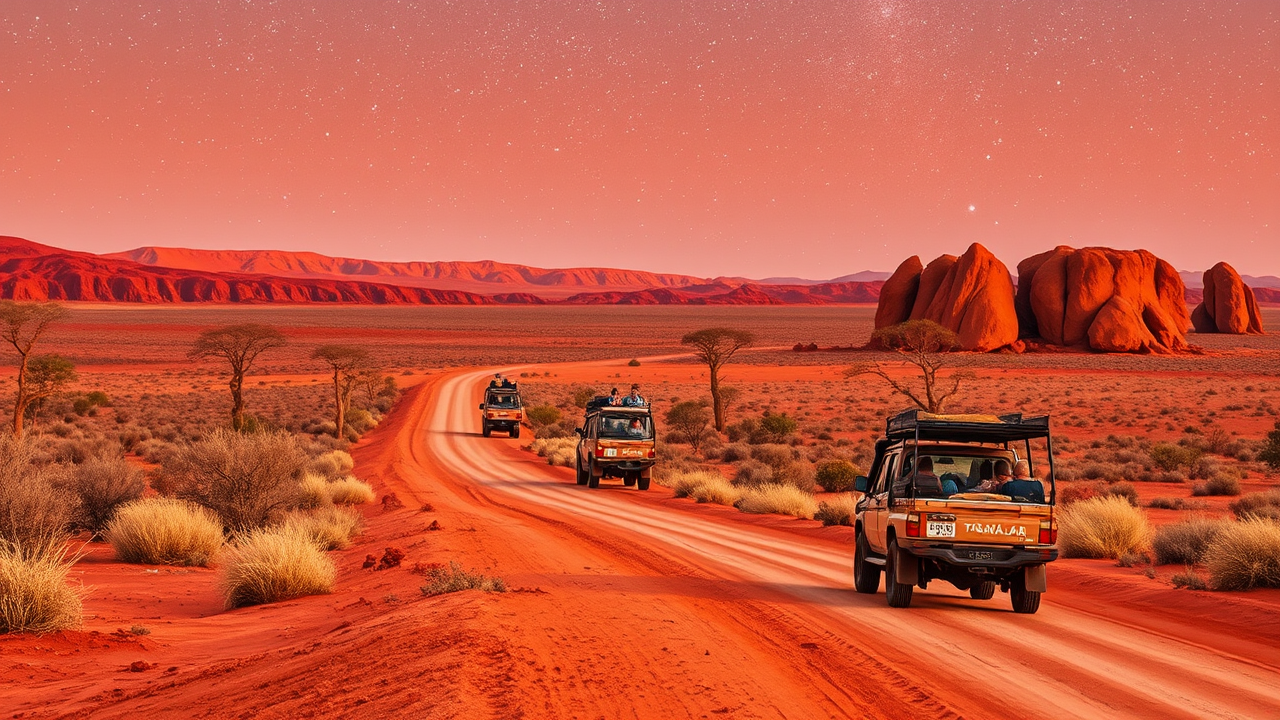Australia’s epic 1,077km road trip
By Craig Sauers, Features Correspondent
Of Australia’s great road trips, the Tanami Track might be the most intimidating. But the rugged nature that defines this epic desert journey could soon change.

In every direction, fire-red sand fanned out across the land. Everything that wasn’t red seemed covered in it: the boab trees, the spinifex, the termite mounds stretching like tiny Towers of Babel towards the sky. The road itself shimmered like a sea of rubies. We were just hours from Alice Springs, Australia’s de facto inland capital, and already alone on the Tanami Track.
As it happens, that’s part of the appeal.
The Tanami, as locals call it, is one of Australia’s greatest Outback adventure tracks. The 1,077km road bisects the namesake Tanami Desert – one of the most isolated and arid regions in the world – connecting the Red Centre and Kimberley region, the country’s rugged north-west frontier.
The Isolated Tanami Desert
Although the route is mostly traversed by ranchers and lorries running to the remote Granites goldmine, plus the odd feral camel, the Tanami also attracts intrepid travellers who come for the raw scenery, the bush camping and the notoriety for driving across one of Australia’s longest and most challenging roads.
Once we passed Tilmouth Well, a lonely roadhouse 180km north of Alice Springs and one of the last fuel stops for hundreds of kilometres, I quickly realised how daunting this drive could be.

Here, the road devolved into a battered corrugated dirt track and settlements became scarce, making a four-wheel drive vehicle, water jugs and jerry cans of fuel almost mandatory. While marginally better infrastructure has reduced some risks, the Tanami’s remoteness, unpaved surface and folklore still demand respect.
Encountering Yuendumu
By the time we’d left the bitumen behind, I understood the primitive desire to conquer this terrain. But once we reached the town of Yuendumu, the Tanami became more than a simple act of completion.
Founded in 1946 by the Australian government’s Native Affairs Branch to provide welfare for Aboriginal communities displaced by gold mines and cattle ranches, Yuendumu is home to about 1,000 people today. Most are Warlpiri, the Aboriginal Australians who are the traditional owners of the area and manage the land as part of a trust.
The Warlpiri have lived in the region for thousands of years, holding ancient traditions and cultural heritage close. Yuendumu offers a glimpse into this rich history and the struggles faced by indigenous communities over the years.
Warlukurlangu Arts Centre
While several Aboriginal communities dot the Tanami, Yuendumu is one of the few that openly welcomes outsiders. A significant part of this welcome is attributed to the Warlukurlangu Arts Centre.

Founded in 1985, Warlukurlangu is one of the longest-running Aboriginal-owned art cooperatives in Australia, fostering the preservation and celebration of indigenous art and culture. Visitors are encouraged to explore the rich tradition of Dreaming stories through vibrant and meaningful paintings.
Today, the centre not only serves as a hub for artistic expression but also as a bridge between cultures, inviting visitors to immerse themselves in the stories and heritage of the Warlpiri people.
Preserving Tradition and Embracing Change
As we drove deeper into the heart of the Outback, passing through vast landscapes and encountering ancient wonders like Wolfe Creek Crater, I couldn’t help but appreciate the delicate balance between preserving traditions and embracing change along the Tanami Track.

Plans to seal the Tanami Track mark a significant shift that could bring more tourists to the region and its remote communities. While this development opens up new opportunities for economic growth and cultural exchange, it also poses challenges in maintaining the integrity of the land and the indigenous communities that call it home.
As we look towards the future of the Tanami and the Aboriginal cultures intertwined with its rugged terrain, it’s essential to approach progress with a deep respect for the land, its people, and the timeless stories engraved in its vast expanse.
{“topic”:”Exploring the Outback: Road Trip through the Australian Bush”,”category”:”Australia”,”author”:”Ezra Ndlovu”}

Leave a Reply